Standing on the North Shores of Minnesota, one finds themselves admiring the beauty of Lake Superior. The choppy waters hint at the hidden dangers that lie below the surface. Resting in the depths of those cold waters are roughly 350 ships. Many of these were victims of the fierce gales that sweep in during the late fall and winter months. The earliest recorded occurred in 1891, but it would be a late November 1905 storm that would show just how perilous the waters can be. With these tragedies impacting the movement of important materials, it would only be a matter of time before a permanent solution would be needed. This would lead to the construction of Split Rock Lighthouse.
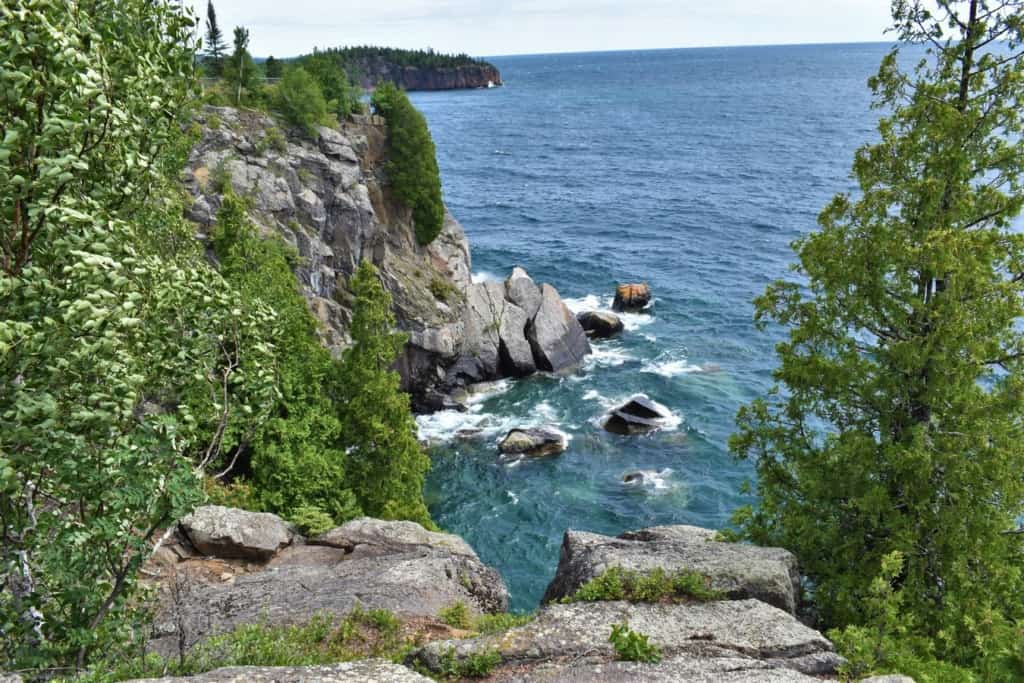
Most Dangerous Waters
Driving along the coastal road that leads from Duluth, it’s easy to imagine the landscape in an unadulterated state. When early explorers discovered the presence of immense iron ore fields, the value of the lands increased. This area would become a key component of the Industrial Revolution. With few roads available through the wilderness, products had to move by water. A steady supply of iron ore would pass across the Great Lakes on its way to the steel plants to the east.
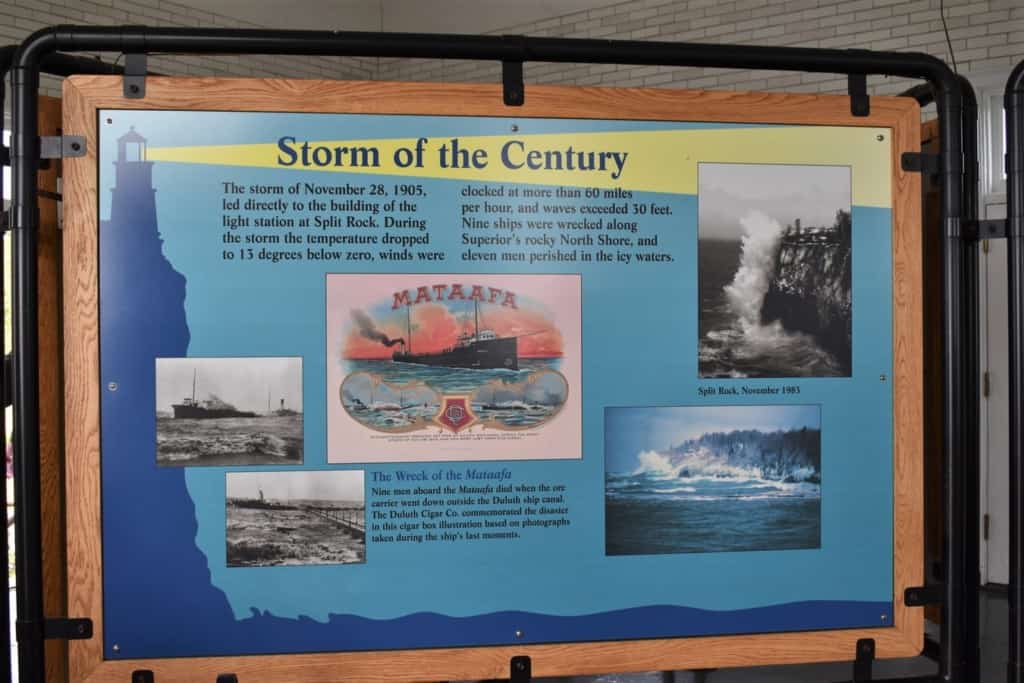
Unprecedented Disaster
The dangers of traversing Lake Superior were always present, but it was the fierce gales of November that created the most danger. While there had been single shipwrecks for many years, it would be November of 1905 that would create the call for change. A big storm had crossed the lake on November 24th, bringing 60 miles per hour winds. History told the captains that another big storm was unlikely to follow on its heels. November 25th dawned with clearing skies that brought the promise of safe sailing. Many ships clamored to begin their journey across the 200 miles of open water. By the morning of November 27th, the weather bureau was seeing troubling signs that two weather systems were fighting for dominance as they approached Lake Superior.
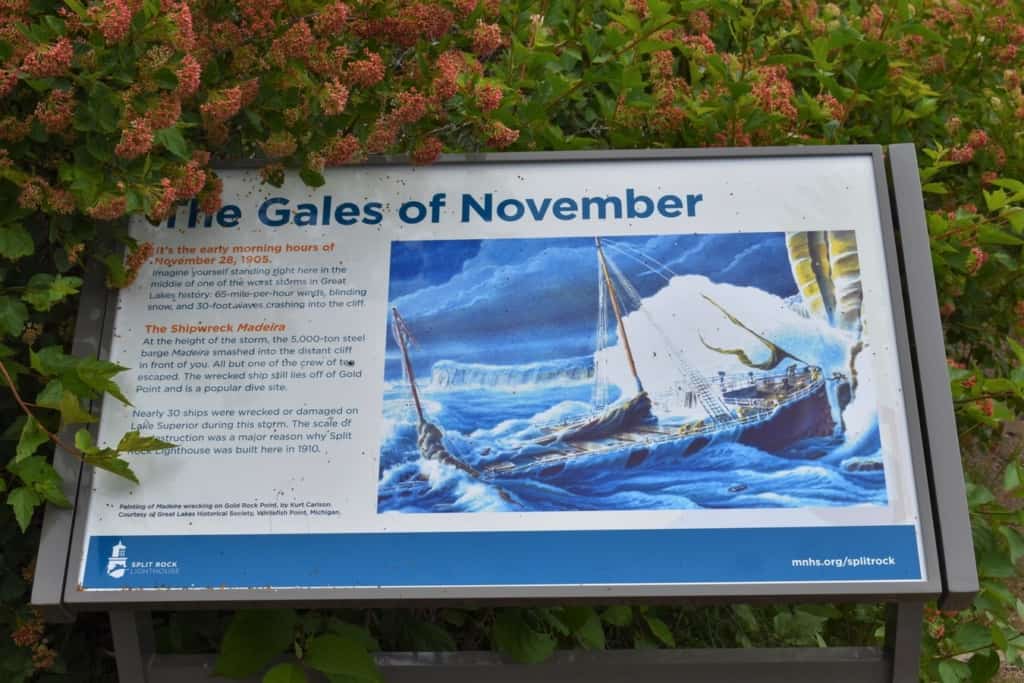
Call for Change
The warm humid air flowing up from the Gulf of Mexico was colliding with cold air dropping in from Canada. The resulting winds were upward of 70 miles per hour sweeping across the waters. When the storm struck, the winds suddenly shifted to blow from the northeast. It ushered in thick snowfall that reduced visibility, as the waves grew. In an age before satellites and GPS, the lack of sightlines made traversing the open waters even more perilous. As the fierce gales bore down on the crafts, disaster set in. One ship was grounded within sight of the residents of Duluth. Many would witness firsthand the violence that the dangerous waters can dish as it pushes ships into the rocky North Shores. The loss or damage of 29 ships created the need for better ways to warn sailors.
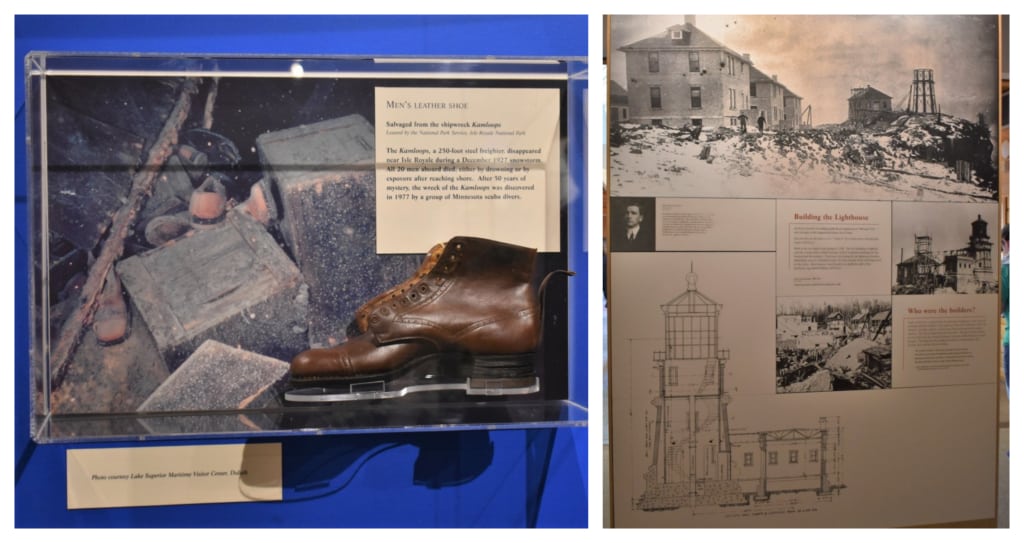
Finding a Solution
About a third of the damaged ships were the property of the U.S. Steel company. A lobby delegation was formed and sent to Washington to demand a light station. A location was chosen that lay about 45 miles up the shore from Duluth. Originally called Stony Point, the lobbyists referred to it as Split Rock. In 1907, Congress approved $75,000 for a lighthouse and fog signal. Construction was completed in 1910 and the Split Rock Lighthouse became a reality. During the first 15 years of operation, the lighthouse was only accessible by water. Once the Lake Superior International Highway was completed it opened the area to tourists. What began as 5000 visitors in the early 1930s turned into 100,000 by the end of the decade.
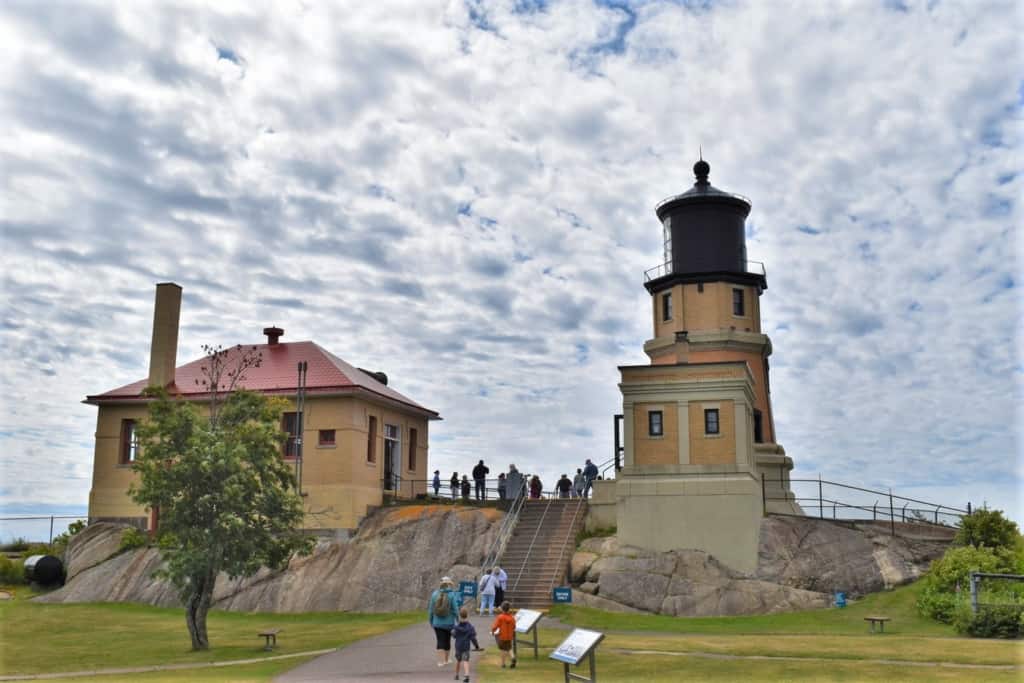
Fierce Gales
These days, the lighthouse is no longer in use. The invention of GPS and other monitoring devices has made it obsolete. That doesn’t stop thousands of visitors a year from ascending the stairs to witness the majestic beauty of Lake Superior. The sight reminded us of our lighthouse visit to Kenosha, Wisconsin. As you look out over the waters, it is easy to imagine the peril that sailors face when they embark on a journey. The day of our visit included wind gusts of nearly 20 miles per hour. That was enough to create some impressive waves in the choppy water. Certainly, the fierce gales of November would blow in waves substantially larger.

Facing the Gales
As you can see from our photos, the weather around Split Rock Lighthouse can be ever-changing. Our late summer visit was met with blustery winds that blew in from across the lake. It certainly left one feeling a bit chilled, especially those of us from southern locations. Even the chilly winds were not enough to prohibit our visit. Having an opportunity to view this historic attraction was not to be missed. Crystal and I spent a few extra minutes wandering a trail that leads off along the shoreline. It offers amazing views of the waves crashing into the rocky outcroppings. This process has repeated itself for hundreds of years and we are thankful to have a chance to witness it firsthand. Have you ever visited the North Shores?






I was there a couple of years ago, brought back pleasant memories.
While it was our first visit, we can definitely see ourselves returning in the future.
It was an amazing day a bit more chilly than Jeff described, but it was still very interesting to learn about what happened, and the sad loss of lives.
The wind certainly made the temps feel lower than they really were, but it was nice having you along with us.